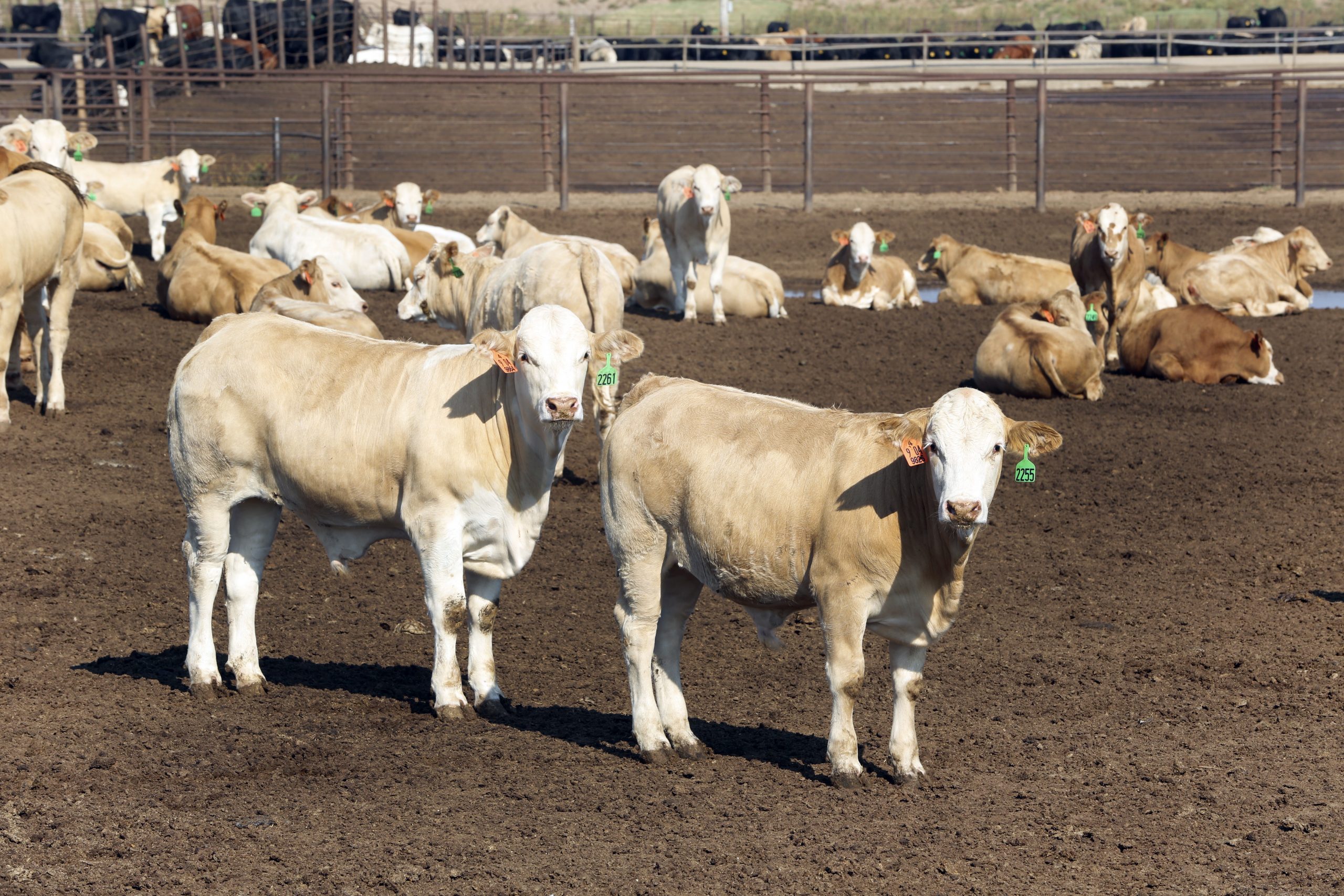Rabobank: Growth in animal protein markets

While global meat consumption continues to rise, a supply-driven and more competitive market will create challenges for producers and putting pressure on prices and margins. China will continue to influence all the animal protein markets, especially pork and aquaculture.
These predictions are included in the report Prices Under Pressure in a Supply-Driven Market: Global Outlook for Animal Protein in 2017. A report by food and agribusiness Rabobank.
More Brazilian pork to China
Rabobank predicts that China will continue to exert a huge influence on global meat markets. The world’s most populous country increased pork imports to record levels in 2016 and Rabobank forecasts these import levels will remain constant next year. Brazilian pork exports to China have been booming in 2016, exceeding 69,000 tonnes between January and September. This volume is expected to rise to 100,000 tonnes in 2017.
In the EU we have seen a reduction in sows in 2016. And this will continue to have an impact on the EU market in the first quarter of 2017. EU pork processors should focus on safeguarding sourcing and Chinese access. The US pork industry is expanding its supply and will increase production by 3% in 2016. The growth is expected to decrease to 2.5% in 2017. Also Mexico will continue to expand its pork production, although PEDv continues to be a major issue.
China drives growing aquaculture sector
Meanwhile, aquaculture continues to be the world’s fastest-growing protein industry, although the rate of supply growth is expected to slow to 3-5% per year. Down from 5-8% rate seen in recent years. Again, China, the world’s leading aquaculture nation remains the main driver of growth. China’s aquaculture industry is expected to grow by at least 4% per year to satisfy global seafood demand.
Rabobank expects that salmon production will return to growth in 2017, up from 2016 where the salmon industry in Chile experienced an algae bloom and the Norwegian salmon sector had problems with lice. Peru, the major fishmeal producer will step up fishmeal production next year after a rough 2016 when less fish for fish meal could be caught due to the El Niño.
Also interesting: Rabobank: How to navigate China’s animal protein market
Beef production to grow in US and Argentina
In the US, production is expected to continue growing, mainly driven by burdensome feed grain supplies and large forage supplied. But also the strong dollar and uncertainty over future trading relationships with China and Mexico create potential headwinds for American producers. The US is currently the world’s largest exporter of pork to China, excluding the EU. For beef, Rabobank expects an additional production growth of 2.5-3% for next year, on top of a 4.5%-5% growth rate in 2016. The bank predicts that beef cattle prices will remain more stable compared to the last 18 months, bringing opportunities for better marketing and margins.
Beef production in Argentina is ready to start increasing in 2017 hence higher exports, particularly to China, the EU, Chile and Israel. The availability of dairy cows in the EU remains high, but driven by low prices and, especially for the Netherlands, rising manure challenges.
Both Australia and New Zealand are again expected to see restricted beef supplies in 2017, due to the herd-rebuilding process after the draught and lower dairy prices. But Rabobank expects that 2017 will also see improvements for the beef industries in this region of the world.
Boosting poultry market
The US poultry sector is expected to grow om 2017 at a rate of 2-3%, up from 1.5% in 2016. This is mainly driven by increasing bird numbers. Since 2010, the US poultry production has risen close to 8%, primarily due to higher bird weights (compared to higher bird numbers). Mexico will also expand its poultry production (+3% in 2017).
It is expected that Brazil will increase its poultry exports in 2017. The majority of it goes to Saudi Arabia, followed by China, Japan and the EU. Also the EU keeps on expanding its poultry production (+1.5% in 2017), although this is less than the 2-4% growth seen in the last few years. The Chinese poultry industry is expected to increase slightly in 2017.
In Australia and New Zealand, the poultry production keeps on increasing, supported by cheap feed, improving efficiencies and new capacity.








